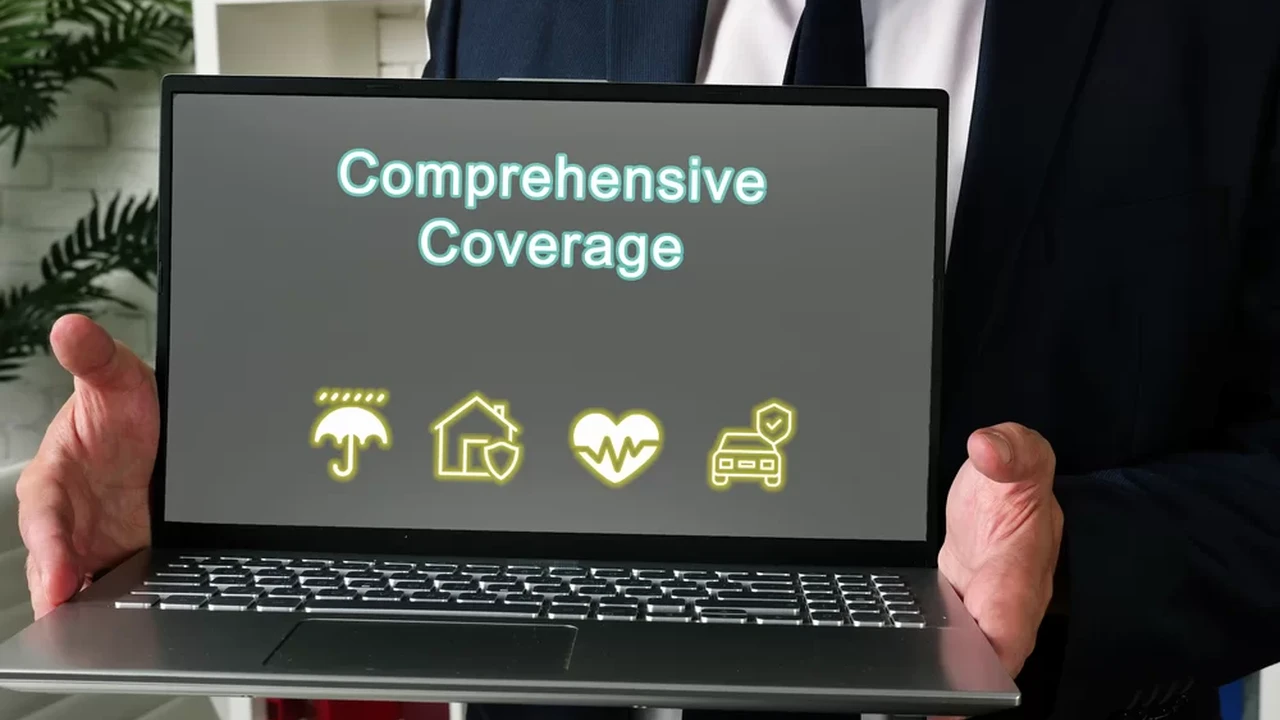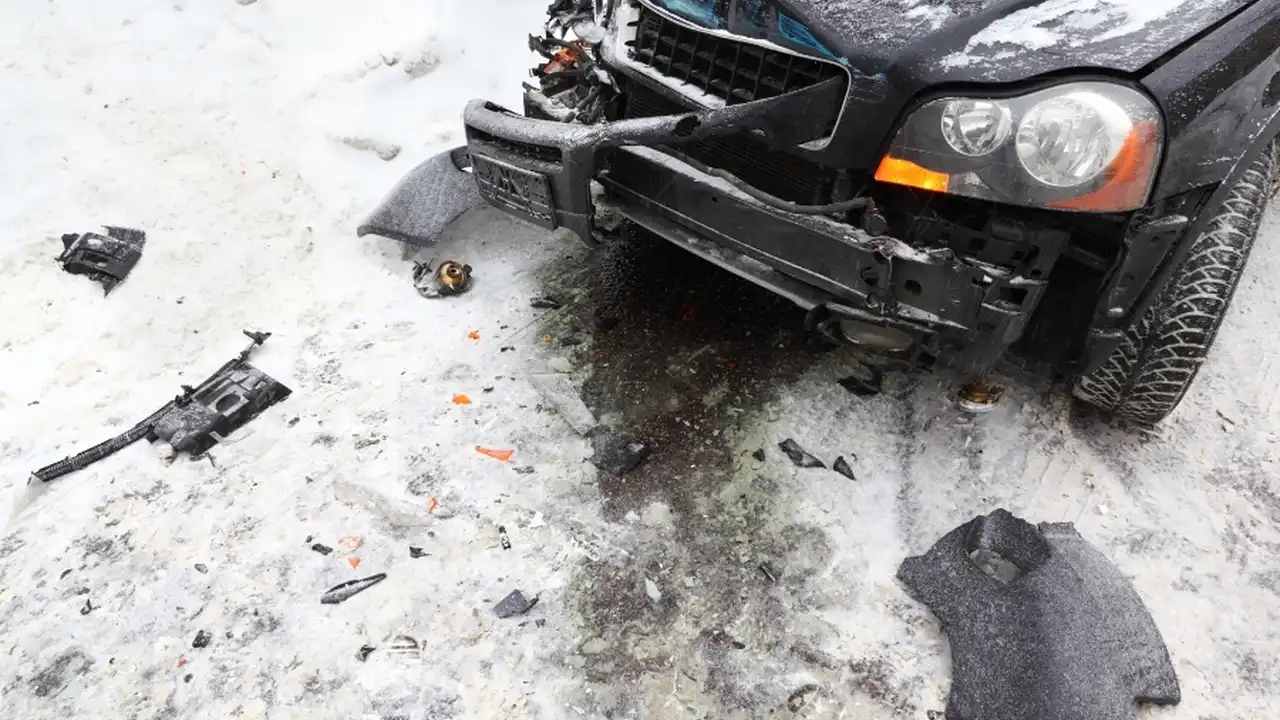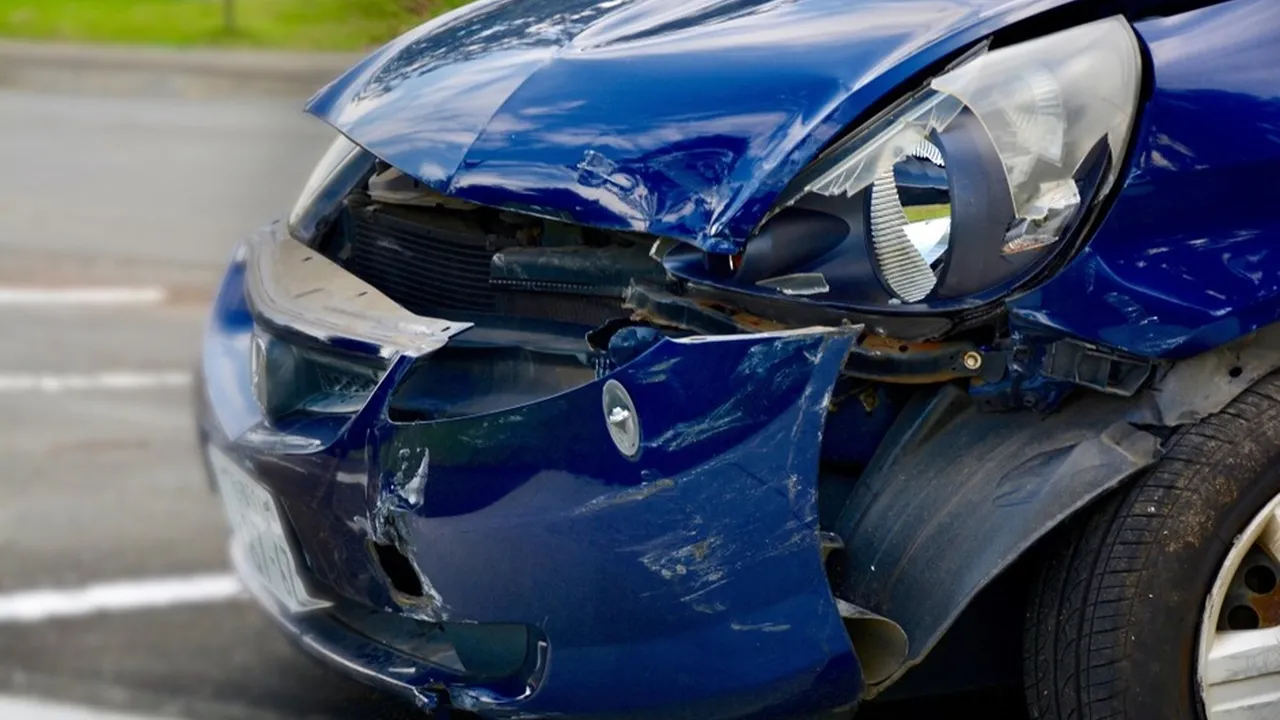Comprehensive Coverage: Protecting Against Non-Accident Damage

Understanding Comprehensive Car Insurance What is Comprehensive Coverage
Okay, let's talk about comprehensive car insurance. Forget fender benders for a minute. This is about protecting your ride from the stuff that isn't a collision. Think of it as the "Acts of God" and "Oops, That Wasn't Me" insurance. We're talking hail damage, tree falling incidents, vandalism... basically, anything that isn't a car crash. It's not mandatory like liability insurance in most places, but trust me, it's worth considering.
Comprehensive Coverage Examples Real World Scenarios and Claims
Imagine this: You wake up after a wild thunderstorm and your car looks like it played dodgeball with golf balls... courtesy of the hail. Or maybe a rogue deer decided your headlight was a tasty snack (it happens!). Or, sadly, someone decided your car was a canvas for their spray paint masterpiece. Comprehensive coverage steps in for all of these. These scenarios are more common than you might think and can result in significant repair costs. It's not just about big, dramatic events either. Even a small crack in your windshield from a flying rock can be covered.
What Does Comprehensive Insurance Cover Exactly Comprehensive Coverage Details
So, let's break down exactly what comprehensive insurance typically covers. We're talking about:
- Hail Damage: Those little ice devils can do serious damage.
- Theft: If your car is stolen, comprehensive helps cover the cost (though there's usually a deductible).
- Vandalism: Keyed car? Spray paint? You're covered.
- Fire: Accidental fires, not arson (that's a whole other ballgame).
- Natural Disasters: Floods, earthquakes, hurricanes... the whole shebang.
- Falling Objects: Trees, branches, rogue satellites (okay, maybe not satellites, but you get the idea).
- Animal Damage: Deer, squirrels, birds... they can all cause unexpected damage.
- Windshield Damage: Cracks and chips from flying debris.
Important note: Comprehensive *doesn't* cover damage from collisions with other vehicles or objects (that's collision coverage), mechanical breakdowns (that's usually a warranty issue), or wear and tear.
Comprehensive vs Collision Coverage Understanding The Difference Comprehensive Insurance Explained
This is where people often get confused. Collision coverage is for when you hit something, or something hits you (like another car). Comprehensive is for everything *else*. Think of it this way: Collision is *your* fault, comprehensive is *not* your fault (usually!). You might need both, depending on your situation. If you have a newer car or live in an area prone to natural disasters or theft, having both is highly recommended.
Choosing the Right Comprehensive Coverage Deductible Options and Cost Factors Comprehensive Car Insurance Tips
Okay, so you're sold on comprehensive. Now what? You'll need to choose a deductible – the amount you pay out-of-pocket before the insurance kicks in. Higher deductibles mean lower premiums (your monthly payment), but you'll have to pay more if you have a claim. Lower deductibles mean higher premiums, but you'll pay less out-of-pocket. Think about your risk tolerance and budget. Also, the cost of comprehensive coverage depends on several factors, including:
- Your Car's Value: More expensive cars cost more to insure.
- Your Location: Areas with higher rates of theft or natural disasters will have higher premiums.
- Your Driving Record: A clean record usually means lower rates.
- Your Deductible: As mentioned above.
Top Comprehensive Car Insurance Providers Comparing Insurance Companies Comprehensive Car Insurance Reviews
Alright, let's get down to brass tacks. Here are a few top-rated car insurance companies that offer comprehensive coverage. Remember to get quotes from multiple providers to find the best deal for your specific needs. (Disclaimer: These are examples and not endorsements. Always do your own research!)
- GEICO: Known for competitive rates and good customer service. They offer a user-friendly app and plenty of discounts. Suitable for: Budget-conscious drivers looking for a reliable insurer. Average annual premium for comprehensive: $250 - $400 (depending on factors).
- State Farm: A large and established insurer with a wide network of agents. They offer personalized service and a variety of coverage options. Suitable for: Drivers who prefer in-person service and a strong local presence. Average annual premium for comprehensive: $300 - $450 (depending on factors).
- Progressive: Offers a "Name Your Price" tool and a variety of discounts. They're known for their online tools and ease of use. Suitable for: Tech-savvy drivers who want to customize their coverage. Average annual premium for comprehensive: $275 - $425 (depending on factors).
Comprehensive Car Insurance Products Detailed Product Comparisons
Let's dive deeper into specific products and compare their features:
- GEICO Comprehensive Coverage: Typically includes standard comprehensive coverage features. Consider their "Diminishing Deductible" option, where your deductible decreases over time for safe driving. Use Case: Excellent for everyday drivers seeking solid protection at a good price.
- State Farm Comprehensive Coverage: Often bundled with other State Farm products for potential discounts. They offer strong claims handling and customer support. Use Case: Ideal for those who value personalized service and a comprehensive insurance package.
- Progressive Comprehensive Coverage: Known for their flexibility and online tools. They offer options like "Accident Forgiveness," which can help protect your rates after an accident (even if it's your fault). Use Case: A good choice for drivers who want control over their policy and value online convenience.
The Cost of Comprehensive Car Insurance Price Factors and Affordability Comprehensive Car Insurance Pricing Guide
As mentioned earlier, several factors influence the cost of comprehensive coverage. Let's reiterate and expand:
- Vehicle Value: Luxury vehicles and sports cars generally have higher premiums than economy cars.
- Location: Urban areas with higher crime rates often have higher premiums. Areas prone to natural disasters (e.g., hurricane zones) also see increased costs.
- Driving History: A clean driving record is crucial for affordable rates. Accidents and traffic violations will significantly increase your premium.
- Deductible: Higher deductibles translate to lower premiums, and vice versa.
- Age and Gender: Younger drivers and males often pay more due to statistical risk factors.
- Credit Score: In some states, insurance companies use credit scores to assess risk. A good credit score can lead to lower premiums.
Comprehensive Insurance Claim Process What To Do After Damage Occurs Comprehensive Insurance Claim Tips
Okay, disaster strikes. What do you do now?
- Ensure Safety: If the damage is significant, ensure everyone is safe and call emergency services if needed.
- Document the Damage: Take photos and videos of the damage from multiple angles. This is crucial for your claim.
- Report the Incident: Contact your insurance company as soon as possible to report the incident.
- File a Police Report (if necessary): If the damage is due to theft or vandalism, file a police report.
- Cooperate with the Adjuster: The insurance company will assign an adjuster to assess the damage. Cooperate fully with them and provide all necessary documentation.
- Get Estimates: Obtain estimates from reputable repair shops. Your insurance company may have preferred shops, but you have the right to choose your own.
- Review the Settlement Offer: Carefully review the settlement offer from the insurance company. If you disagree with the amount, negotiate with the adjuster.
Comprehensive Car Insurance Scenarios When Is Comprehensive Coverage Worth It Comprehensive Insurance Benefits
Let's look at specific scenarios where comprehensive coverage shines:
- Living in a Hail-Prone Area: If you live in a region known for hailstorms, comprehensive coverage is almost essential.
- Parking Your Car Outdoors: If you regularly park your car outside, it's more vulnerable to damage from weather, falling objects, and vandalism.
- Owning a Newer or More Expensive Car: The higher the value of your car, the more you stand to lose if it's damaged or stolen.
- Having a Low Risk Tolerance: If you prefer the peace of mind knowing you're protected from a wide range of potential incidents, comprehensive coverage is a good choice.
Frequently Asked Questions About Comprehensive Car Insurance Comprehensive Insurance FAQ
Let's address some common questions:
- Does comprehensive insurance cover tire damage? Generally, no, unless the damage is caused by a covered peril like vandalism or a road hazard (and it's extensive).
- Does comprehensive insurance cover belongings inside my car? Typically, no. Your homeowner's or renter's insurance policy usually covers personal belongings.
- Will filing a comprehensive claim increase my insurance rates? It's possible, but less likely than filing a collision claim. However, multiple claims within a short period could raise your rates.
- Can I drop comprehensive coverage if my car is old? It depends. Consider the value of your car and your risk tolerance. If your car is worth very little, it might not be worth paying for comprehensive coverage.
Comprehensive Coverage Options Additional Features and Enhancements Comprehensive Car Insurance Enhancements
Some insurance companies offer additional features and enhancements to their comprehensive coverage, such as:
- Glass Coverage: Covers the cost of repairing or replacing your windshield without a deductible.
- Rental Car Reimbursement: Provides coverage for a rental car while your car is being repaired after a covered loss.
- Roadside Assistance: Covers the cost of towing, jump-starts, and other roadside services.
- Original Equipment Manufacturer (OEM) Parts Coverage: Ensures that repairs are made with original parts from the car manufacturer.
Comprehensive Car Insurance and The Future What to Expect from Comprehensive Insurance in the Future Comprehensive Insurance Trends
The future of comprehensive car insurance is likely to be shaped by several factors:
- Advanced Driver-Assistance Systems (ADAS): As cars become more equipped with ADAS features (e.g., automatic emergency braking, lane departure warning), the frequency of accidents may decrease, potentially leading to lower premiums. However, the cost of repairing these systems can be high, which could offset the savings.
- Autonomous Vehicles: The rise of self-driving cars could fundamentally change the insurance landscape. Liability may shift from the driver to the manufacturer or technology provider.
- Data Analytics: Insurance companies are increasingly using data analytics to assess risk and personalize premiums. This could lead to more accurate and fair pricing.
- Usage-Based Insurance (UBI): UBI programs track driving behavior and reward safe drivers with lower premiums. This could incentivize safer driving habits and reduce the overall cost of insurance.
Final Thoughts on Comprehensive Car Insurance Making an Informed Decision About Comprehensive Coverage Comprehensive Insurance Considerations
Ultimately, the decision to purchase comprehensive car insurance is a personal one. Consider your individual circumstances, risk tolerance, and budget. Get quotes from multiple insurance companies and compare their coverage options and prices. Read the fine print and understand the terms and conditions of your policy. By doing your research and making an informed decision, you can protect your car and your wallet from unexpected events.
:max_bytes(150000):strip_icc()/277019-baked-pork-chops-with-cream-of-mushroom-soup-DDMFS-beauty-4x3-BG-7505-5762b731cf30447d9cbbbbbf387beafa.jpg)






